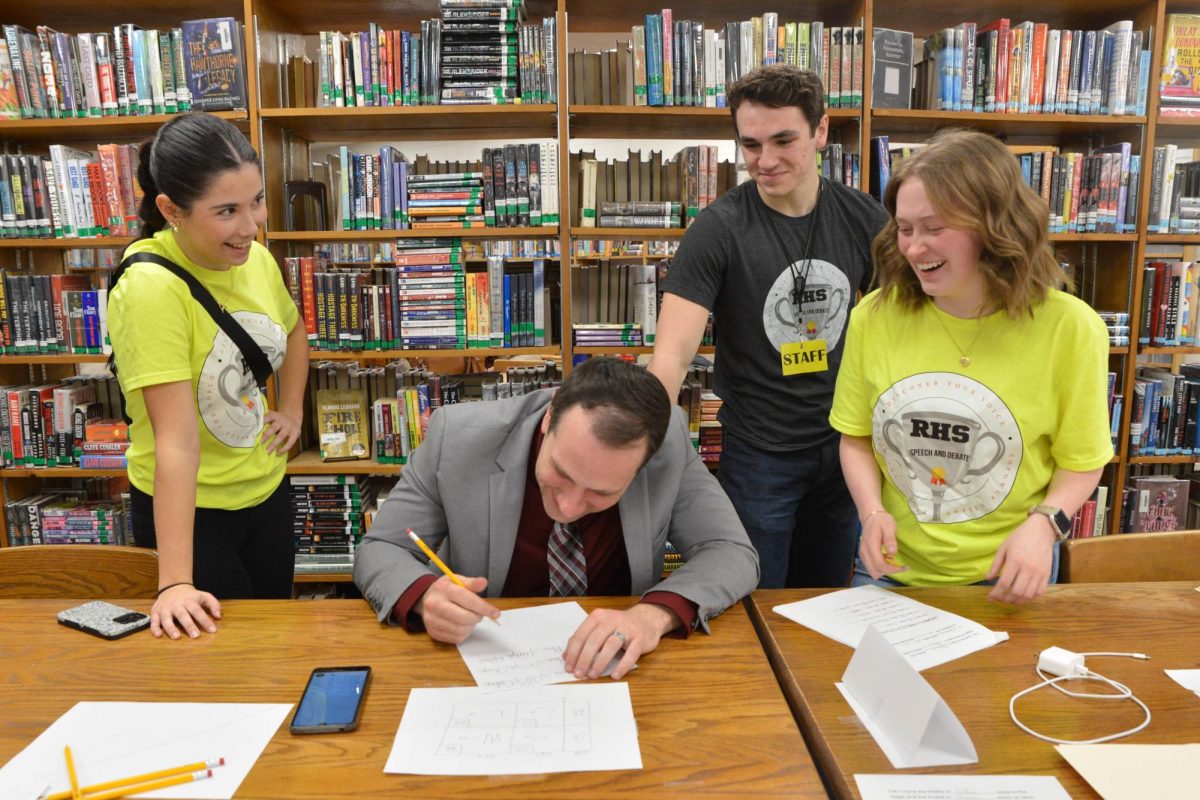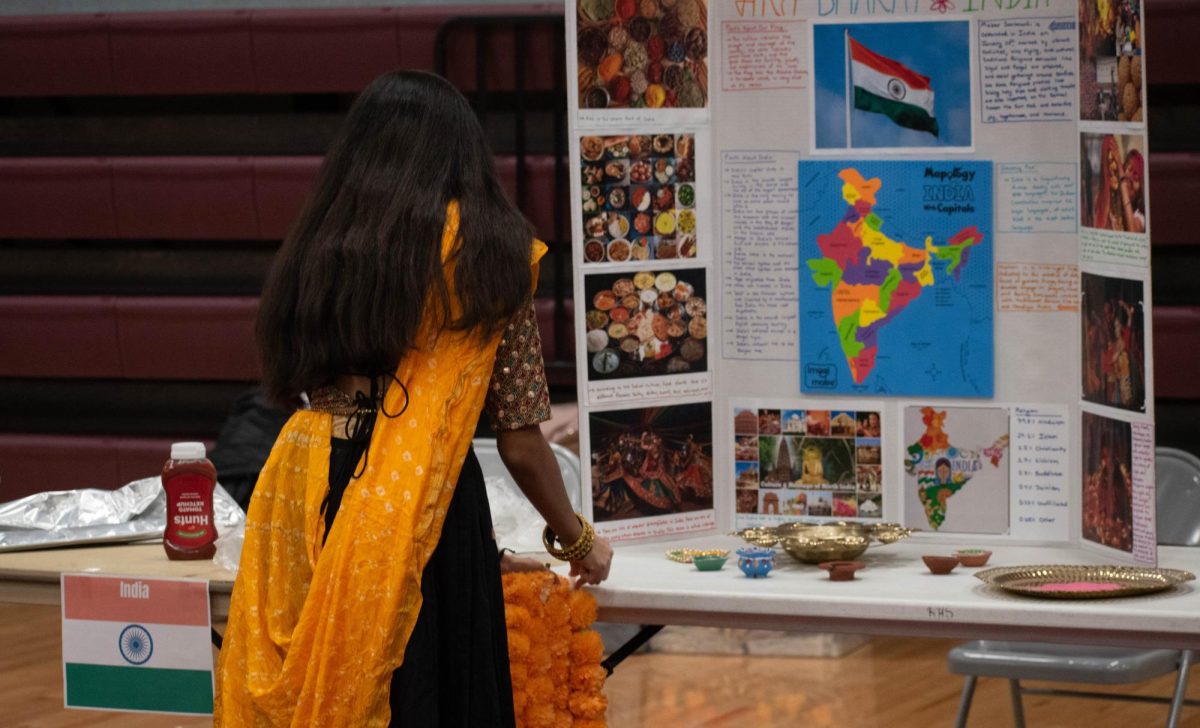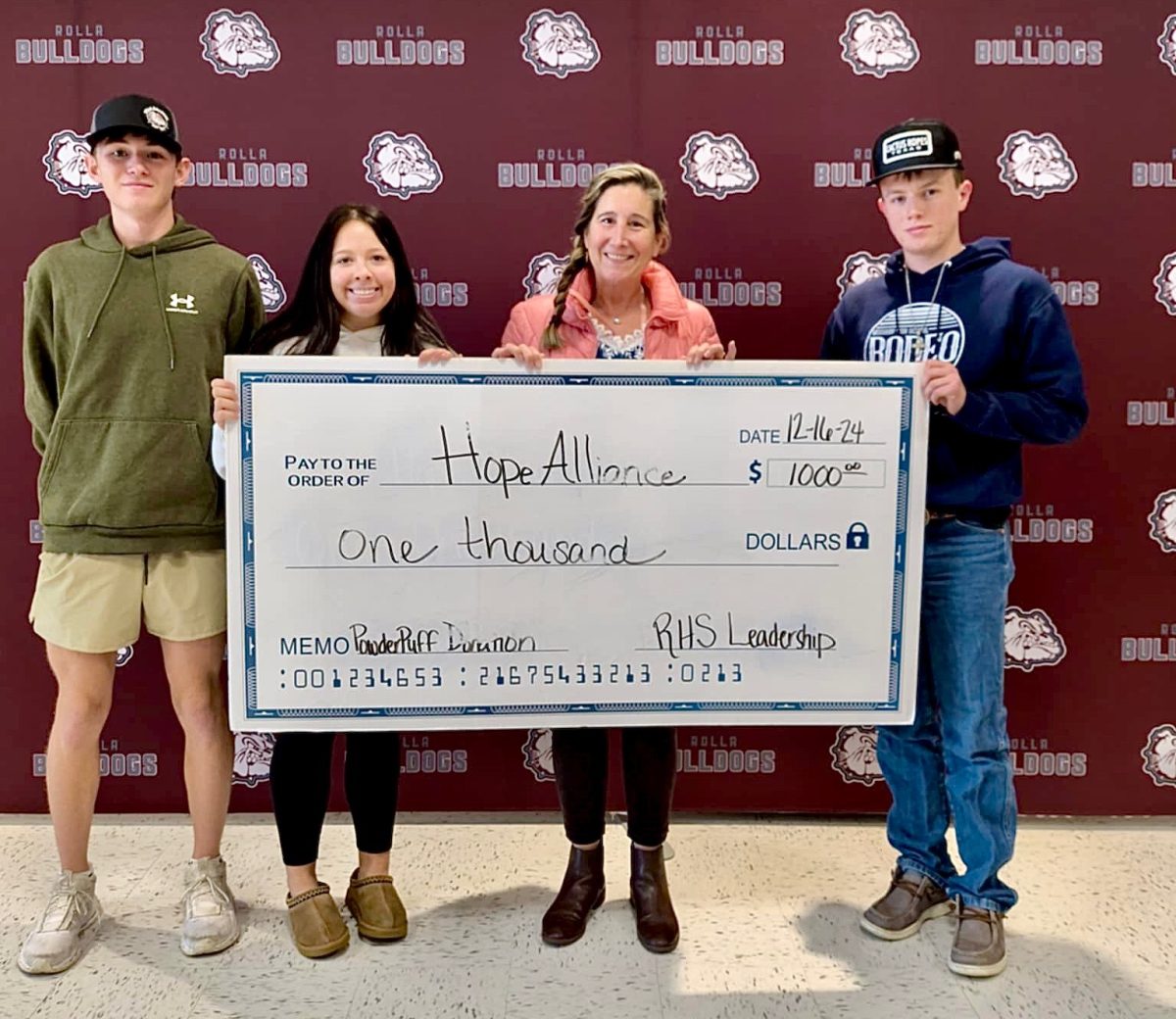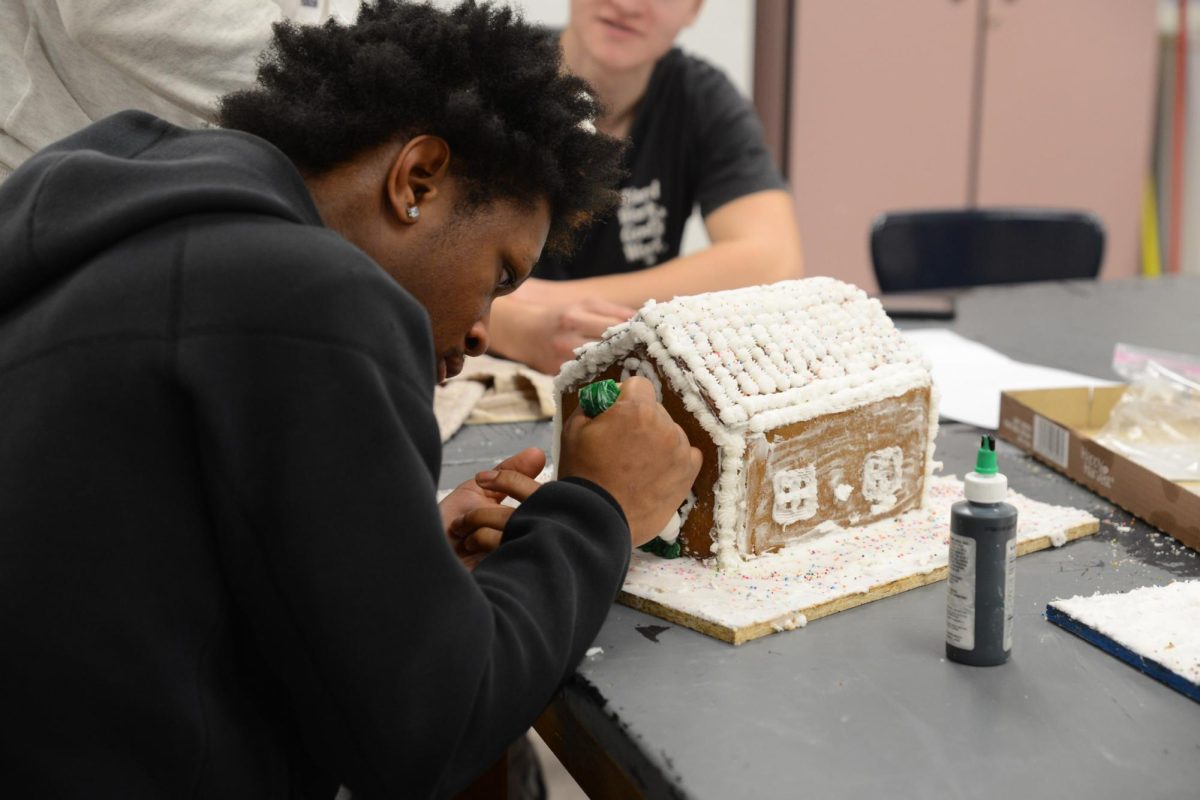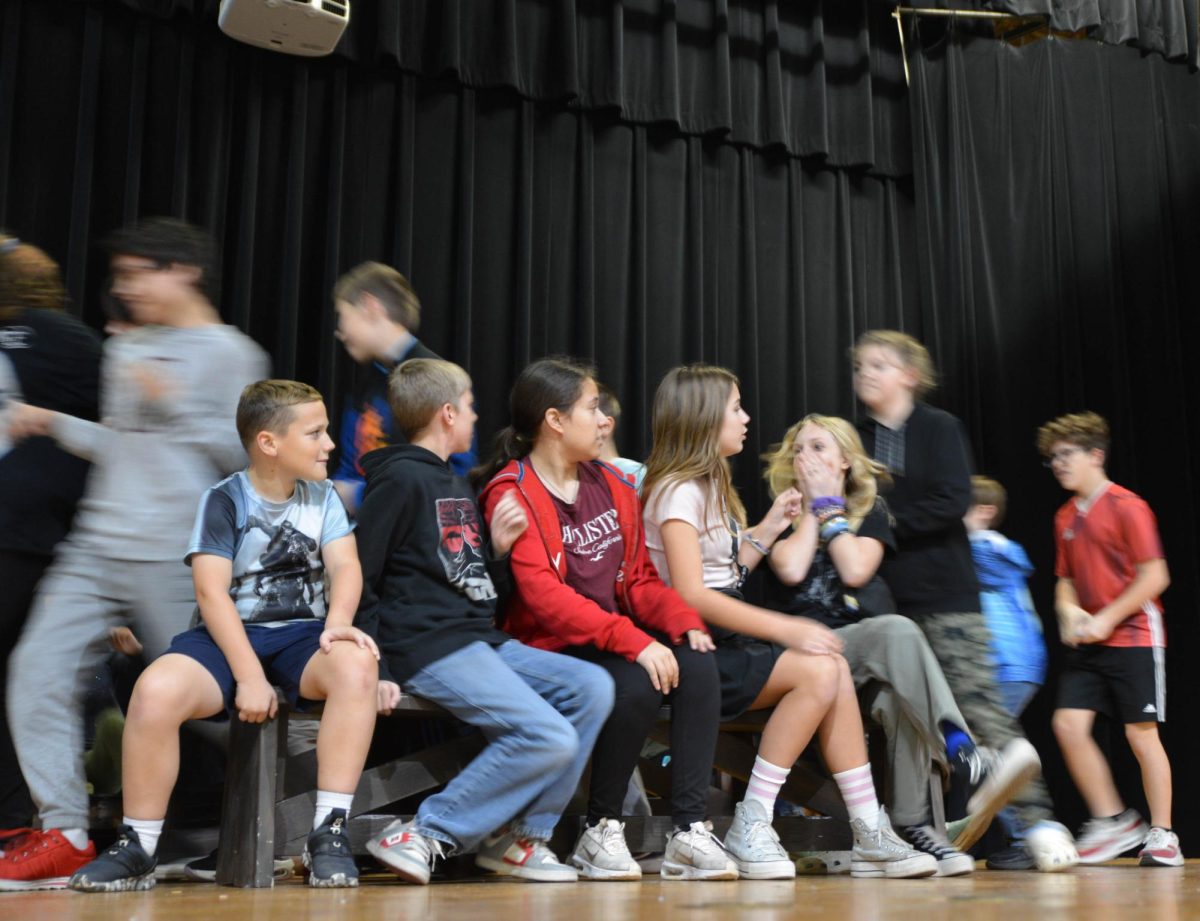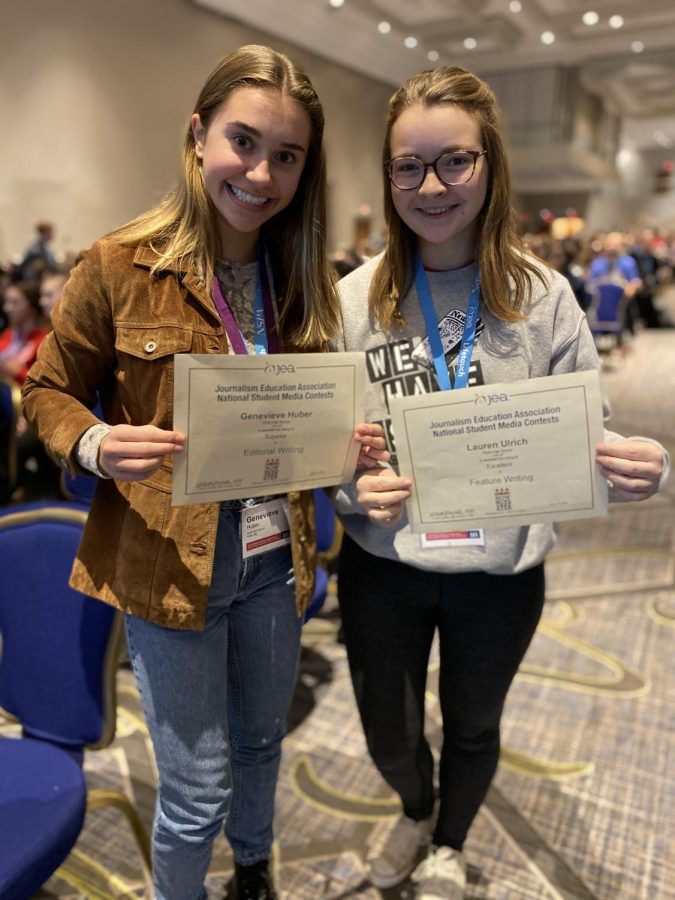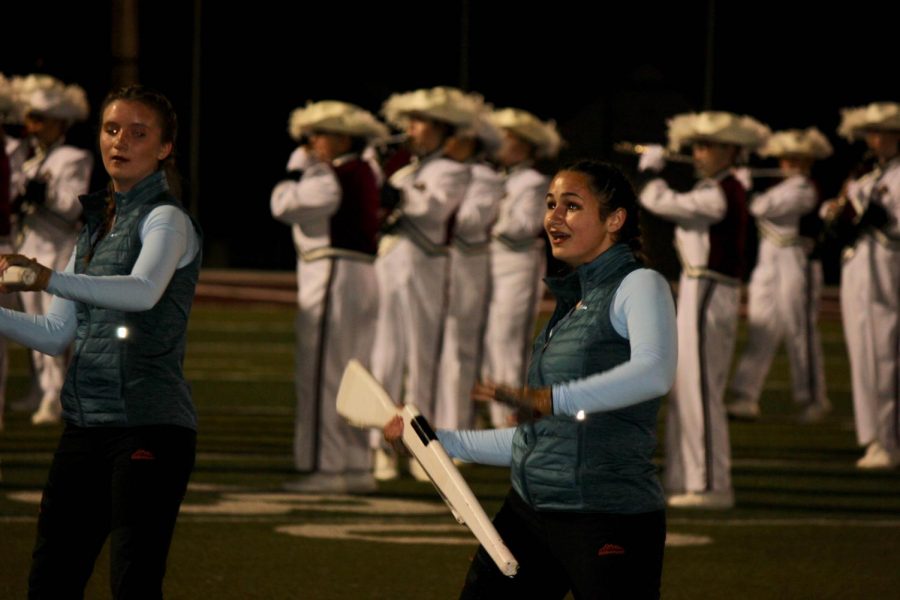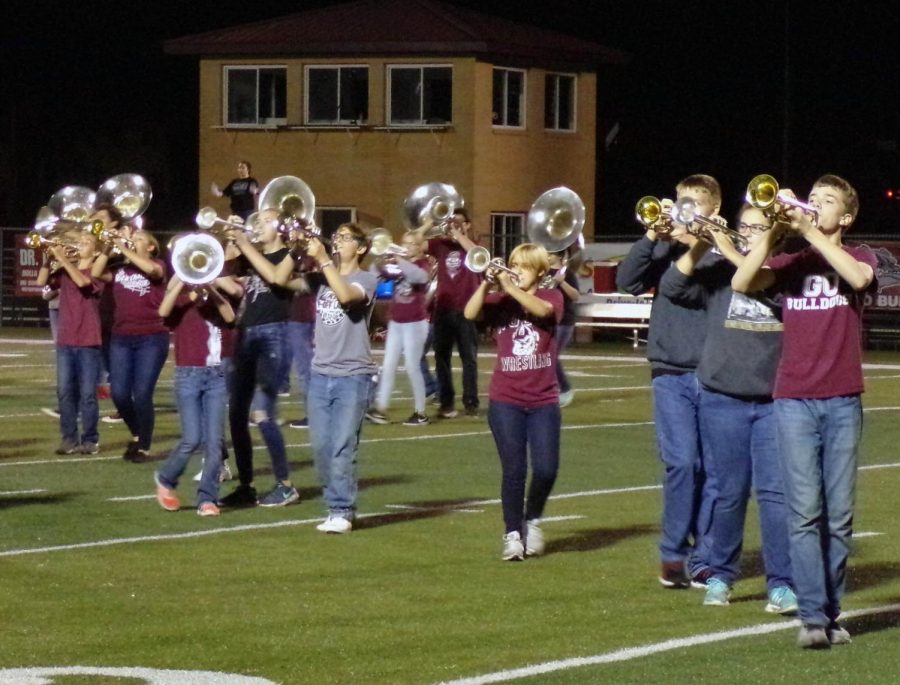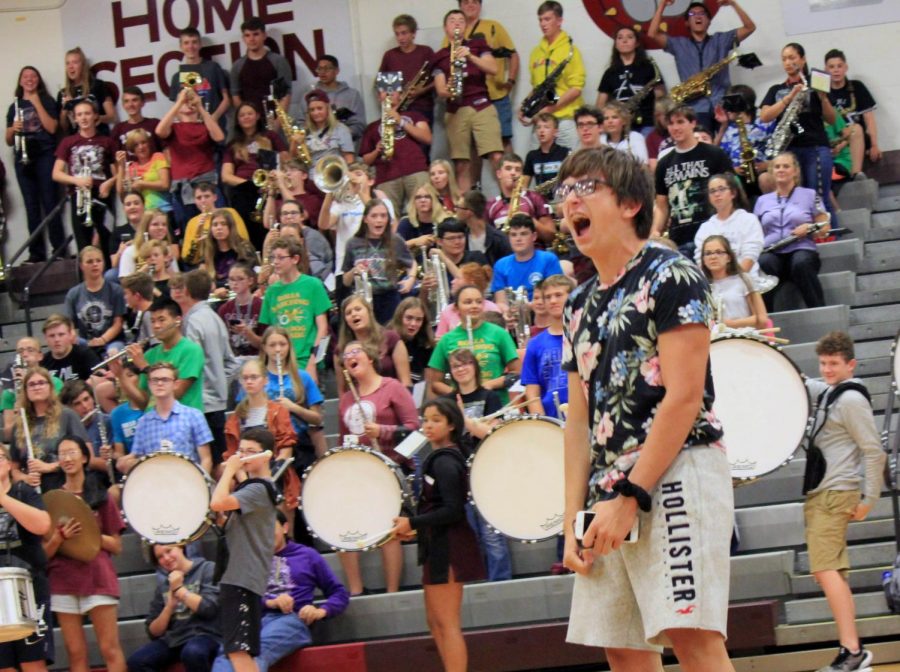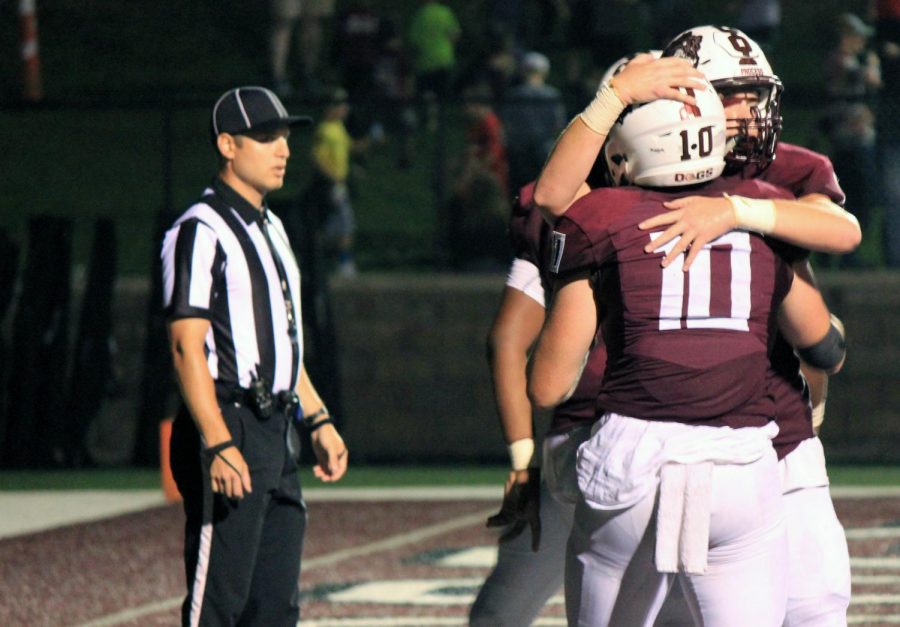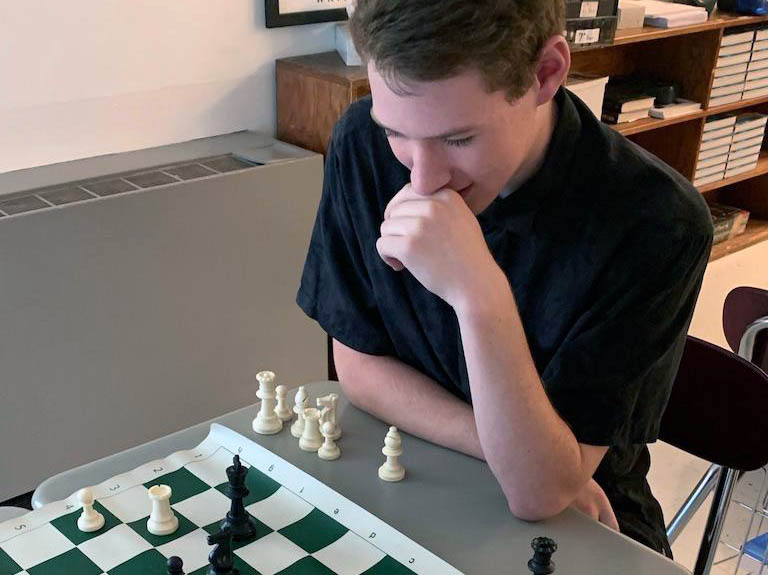One of the more recently established clubs, Robotics, has proved itself once again by qualifying for world competition the second year in a row, this year even capturing first place out of a competitve field of 32. This year an entirely new robot had to be constructed due to it needing to complete a new task from last year.
“Robotics is a competition wherein teams construct robots in order to solve a certain task or set of tasks,” senior Drue Satterfield said. “We participate in the league FTC, there are 2 leagues offered to high schoolers, FRC and FTC. In FTC, the tasks we do change every year, so you can’t recycle your robot from last year. This year teams construct a robot to get rings off of a dispenser and get it onto a 3 x 3 double sided grid of PVC pipes, with more points scored the higher the post the ring is put onto and additional points for forming a row, like tic tac toe. While that sounds incredibly simple, that’s the game at its most basic, as there’s other factors such as you can pick up the other robot on your team (matches involve four robots, two teams vs two teams) for points, heavy but aesthetically identical rings that will multiply your score if detected and put onto a separate post, and other factors. Add in strategies such as robots specifically devoted to getting into the other team’s way, and a multitude of penalty rules, and you have a very hectic competition.”
This victory came with months of preparing and countless hours working on the robot.
“Teams typically have at the very least a mechanical and programming division, people for building the robot and for being able to make it actually do something other than looking cool,” Satterfield said.”It takes a couple of months to make the workable product, if you include the planning on it, though this will of course vary on the team’s schedule of meeting per week, as some elect to meet a very large amount of time every week while others don’t. Rolla right now is more towards the latter, though individuals will meet outside of official gatherings when needed. As a programmer, for instance, some weeks I was working at least an hour everyday outside of meetings.”
A large part of the team’s success came from using innovative technology for their robot as well as assistance from mentors and coaches.
“A lot of our success can be accredited, well most in fact, to our team’s design.” Satterfield said. “It’s all about pre planning, and then realizing what you believe will work best; we were really innovative this year. We won an award for the innovation of our ‘hand’ of the robot, in fact. The other parts can really be to the team’s ability to solve and get around problems we encounter, and thirdly the fact that a lot of our people are willing to put in their own time for this team. Those three abilities allow our teams here to go quite far, all thanks to the talented people we have and same goes to our mentors and coaches, who deserve special mention.”



